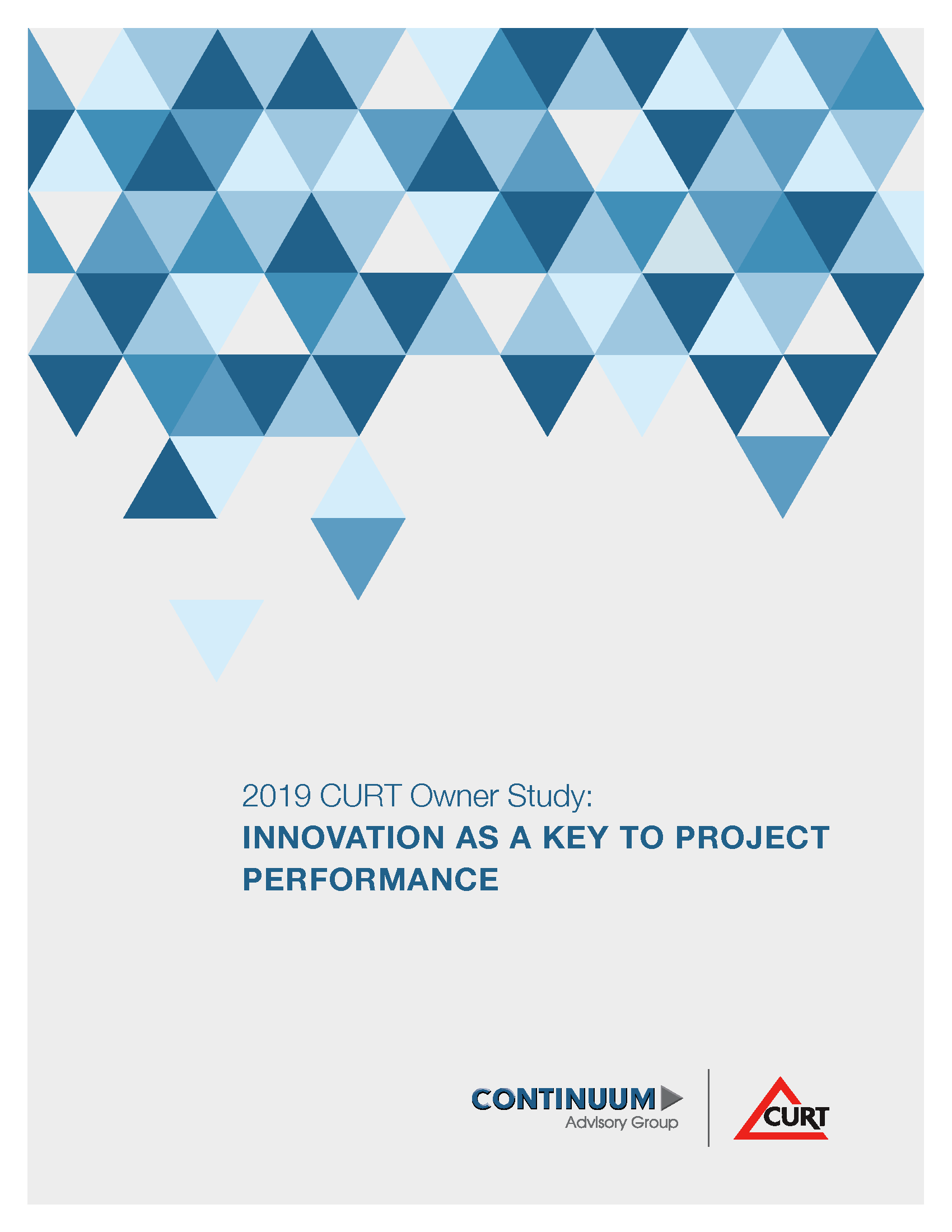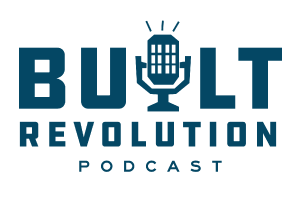Innovation is a term on the brink of overuse. It is used to describe major…
Innovation, Agility, and Strategic Imperative
The purpose of owner E/C/F (Engineering, Construction, and Facilities) teams may seem obvious: build stuff so that business happens. You wouldn’t be wrong, in the same way that a computer’s purpose is to “do math fast.”
The strategic benefits of that team can be harder to identify. Continuum Advisory Group recently completed a study to uncover these benefits and interview people changing the relationship between E/C/F and the internal clients they serve. Above all, we want to show others how.
In our new blog series, we’ll be exploring the results of the study in greater depth. Each blog is focused on one of the eight identified themes from our interviews with 35 diverse corporations.
In our previous installment, we discussed how E/C/F departments have to sell themselves. But here, the customers are not shoppers or buyers, but rather people within the organization. An innovative, agile E/C/F department will make that pitch much more appealing.
Defining Innovation and Agility
When we hear innovation, we may think something wild and experimental. Something that takes us out of our comfort zones. And we’d be right…but in the real world, innovation is often incremental. It’s also more nebulous. In the workplace, innovation isn’t always a brand new invention or process. It could be tweaks to an existing process, optimization, or willingness to experiment.
Agility and innovation are adjacent disciplines, but as a market response technique, agility is often more externally focused. Agility represents the ability to rapidly and effectively shift your focus or efforts. This could be as low-level as labor allocation or as high-level as your department strategy.
Why Do They Matter?
For one, you have to keep up with the competition. Our surveyed clients rated themselves 3.3 out of 5 on an innovation scale, indicating a slight trend towards innovation. Great innovation allows you to not only keep up, but set the pace. That E/C/F departments often require significant financial investment means innovation can translate into cost-saving tactics, something that speaks to other departments.
If innovation is proactive, agility is reactive, allowing your organization to respond to market trends as soon as they’re evident. It provides the more immediately tangible effect of seizing opportunities before they disappear. Valuable real estate, ideal construction conditions, tax breaks, and more can all be seized by an agile E/C/F function.
Most importantly, these traits in the E/C/F function can contribute valuable intel to an overall corporate strategy.
Obstacles
The roadblocks to agility and innovation represent some unfortunate themes in our study, things that plague just about any company. Practical resources are the obvious obstacle: experimentation requires money and risk, especially difficult in a department that is responsible for so much business-critical infrastructure.
Cultural barriers, however, are the real problem. Rigid hierarchies and stubborn processes can constrict innovation. Lifting those barriers requires a profound culture shift, one that must be company-wide. Next time, we’ll talk about creating a culture of innovation and accountability.
If you want to read more about how to turn your E/C/F department into a strategic powerhouse, check out our full study here.


